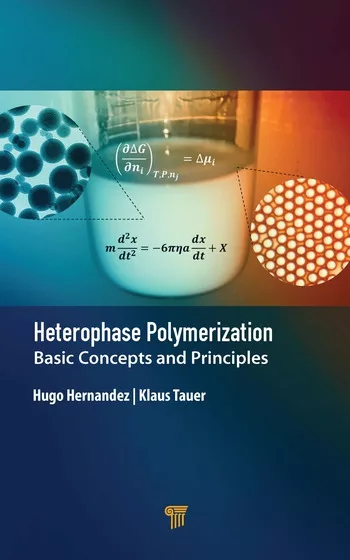Ask Dr. Dave
Question: We manufacture a polyvinyl acetate emulsion sealant that is heavily filled with calcium carbonate and would like to improve its flexibility. Can you recommend a suitable plasticizer?
Answer: I would suggest two possible approaches to the flexibility issue. First, you could try one of the commonly used plasticizers for PVA emulsions - dibutyl phthalate and di-isobutyl phthalate are typical examples. Another approach would be to use an ethylene-vinyl acetate (EVA) or a flexible acrylic emulsion. The ethylene groups in an EVA polymer act as internal plasticizers and often allow formulation without any added plasticizers. Your final decision will be based on a combination of cost and performance. If performance is the only issue, a suitably chosen flexible acrylic will have the highest performance, but will also have the highest cost.
Question: We want to use an organosilane adhesion promoter in a polyurethane adhesive, and I am trying to understand how the organosilanes act chemically when bonding glass to metal. I understand water is necessary for them to work, but how much is necessary? And what happens if we have an excess of water?
Answer: Organosilanes have been used for many years to enhance the durability of adhesive bonds, particularly to glass surfaces. In many cases, the organosilanes don't necessarily improve the initial adhesion, but they prevent hydrolysis of the adhesive at the adhesive/glass interface. Organosilanes act as bridging molecules between the inorganic glass surface and the organic adhesive. Most organosilanes consist of a silicon atom with three alkoxy groups and a fourth group such as vinyl, methacryloxy, or glycidoxy. This group is chosen to be compatible with the adhesive and - preferably - to be able to copolymerize into the adhesive. Glycidoxysilanes (often called epoxy silanes) are often used with polyurethanes. In contact with surface or atmospheric moisture, the alkoxy groups hydrolyze and the silane forms Si-O-Si linkages with the glass surface. Note that this bonding is essentially the same as the chemical structure of glass, namely silicon dioxide. You do not need to add extra water for this reaction to take place, but excess will not normally harm the organosilane. However, you have to be careful with excess water in a polyurethane system because of possible reaction with free isocyanate groups with the formation of carbon dioxide and subsequent foaming.
Looking for a reprint of this article?
From high-res PDFs to custom plaques, order your copy today!






